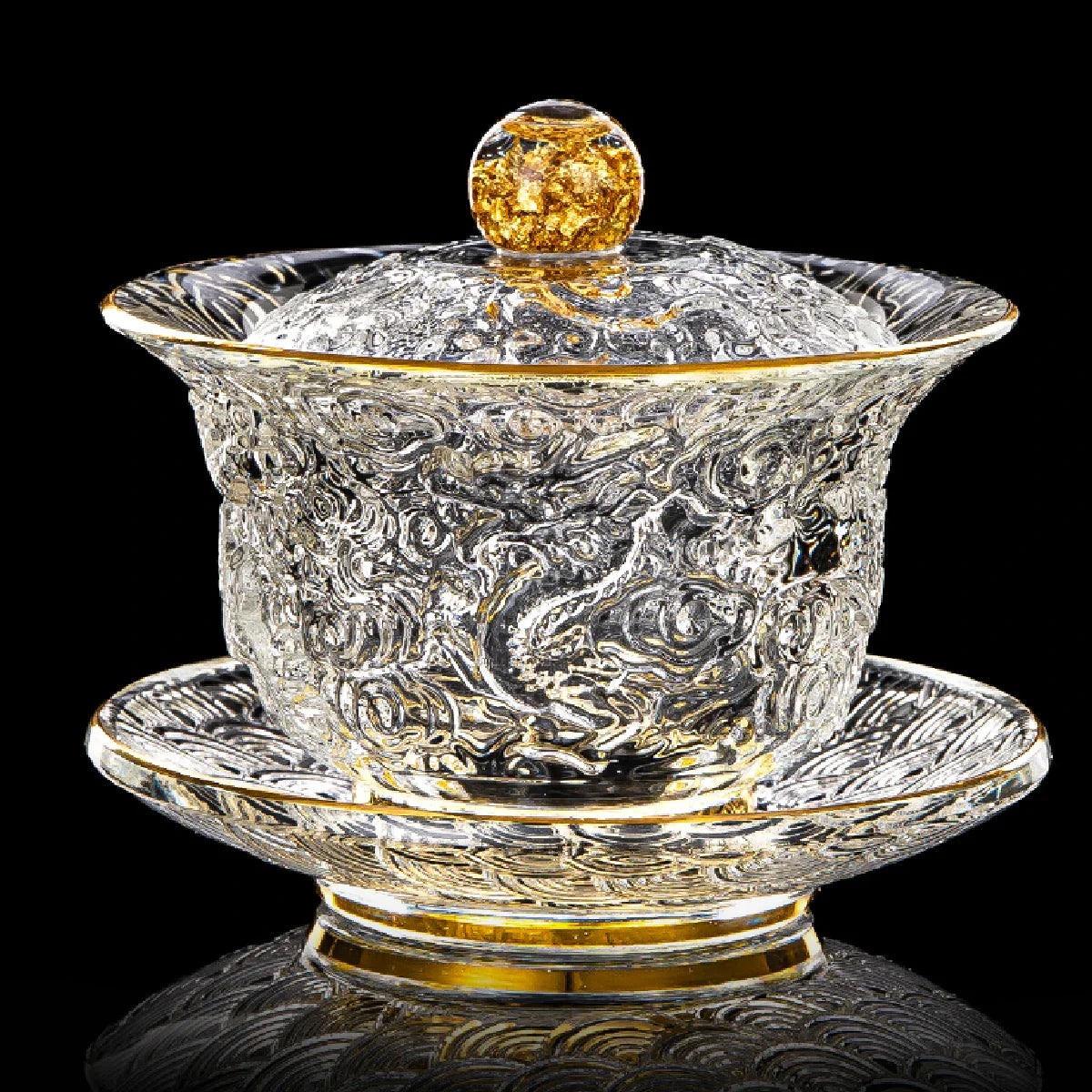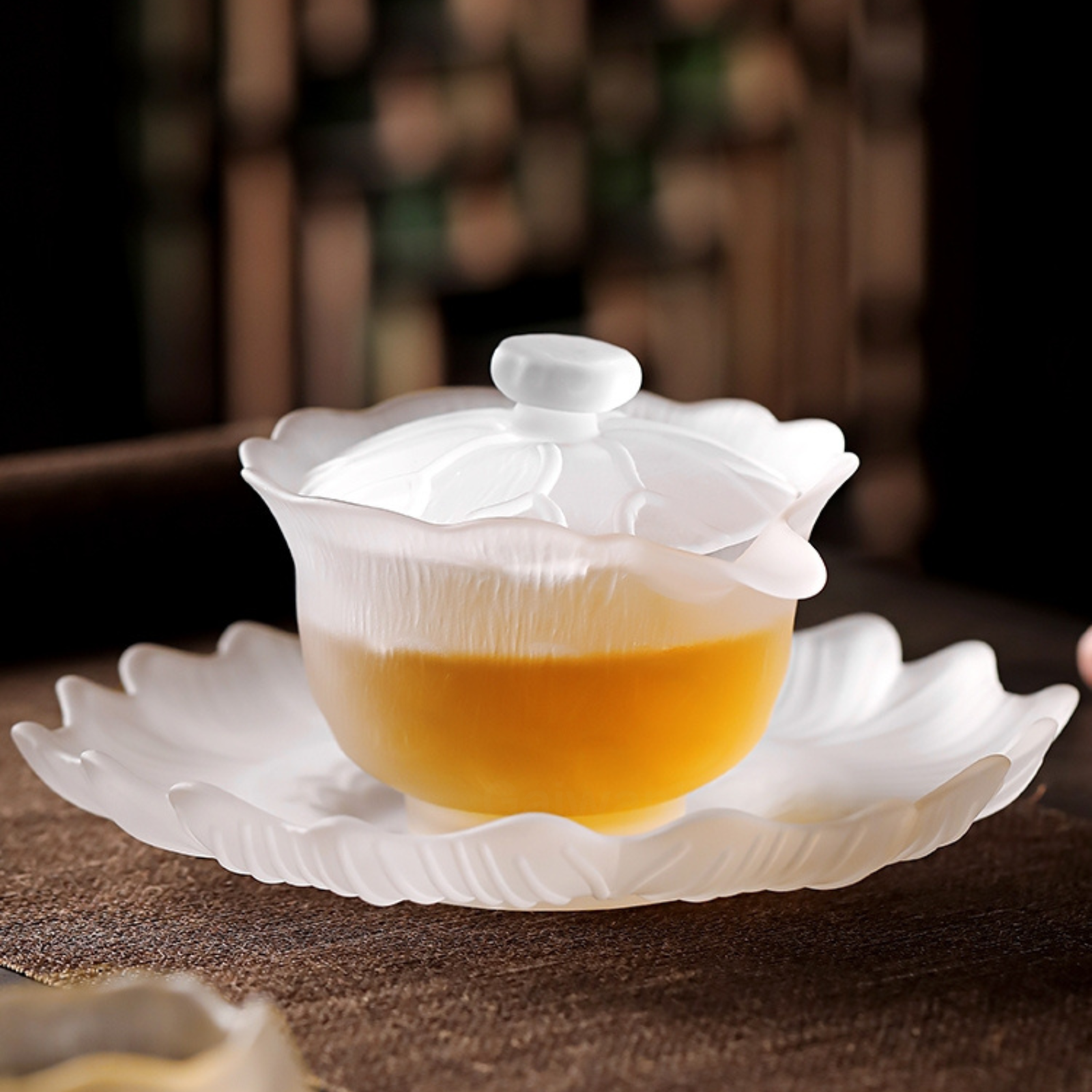Premium Glass Gaiwan for a clear and intuitive view of the brewing process. Ergonomic handle to track tea leaves and color changes. Perfect for green tea, scented tea or a minimalist tea ceremony.
Vendor:Gaiwan Life
Chinese relief dragon glass Gaiwan
$110.00 USD
Vendor:Gaiwan Life
$49.00 USD
Vendor:Gaiwan Life
Thickened Tin Glass White Petals Gaiwan
$45.00 USD
About
Glass Gaiwans





